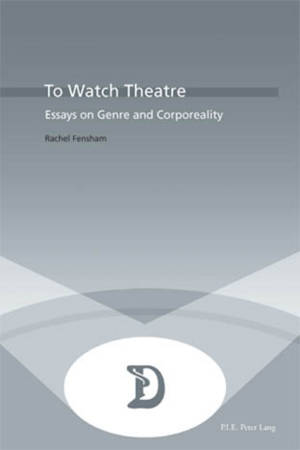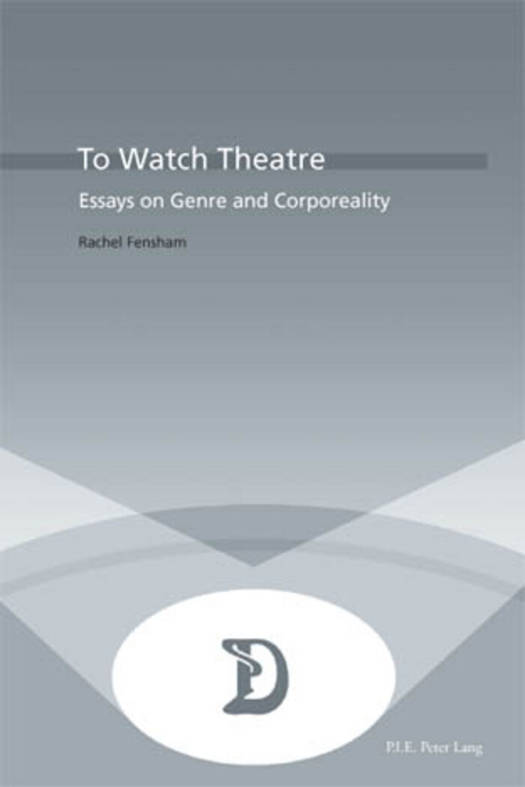
- Afhalen na 1 uur in een winkel met voorraad
- Gratis thuislevering in België vanaf € 30
- Ruim aanbod met 7 miljoen producten
- Afhalen na 1 uur in een winkel met voorraad
- Gratis thuislevering in België vanaf € 30
- Ruim aanbod met 7 miljoen producten
Zoeken
€ 84,95
+ 169 punten
Omschrijving
This book is about watching theatre; and how to utilise a corporeal semiotics to read genres of contemporary theatre. It suggests that three key concepts interact: genre, the formal term that structures theatricality, including the textual grammar of a dramatic work, its performance style, theatrical frame, and mode of rhetorical address; corporeality, an assemblage of the troubling physical work of the actors, the figurative forms in the text, and the ambivalent bodies of the spectators; and performance, the presenting of theatre as symbolic action in the social world.
In order to develop new models of embodied spectatorship, these essays examine canonical productions of Medea, King Lear, Miss Julie, Genesi: The Museum of Sleep directed by Deborah Warner, Barrie Kosky, Anne Bogart, and Romeo Castellucci. With close attention to bodies and texts in performance, the book argues that to watch theatre is an intimate, yet political, atunement to processes of human transfiguration. It concludes by offering a reinvigorated perspective on tragedy and tragic experience in the theatre.
In order to develop new models of embodied spectatorship, these essays examine canonical productions of Medea, King Lear, Miss Julie, Genesi: The Museum of Sleep directed by Deborah Warner, Barrie Kosky, Anne Bogart, and Romeo Castellucci. With close attention to bodies and texts in performance, the book argues that to watch theatre is an intimate, yet political, atunement to processes of human transfiguration. It concludes by offering a reinvigorated perspective on tragedy and tragic experience in the theatre.
Specificaties
Betrokkenen
- Uitgeverij:
Inhoud
- Aantal bladzijden:
- 191
- Taal:
- Engels
- Reeks:
- Reeksnummer:
- nr. 16
Eigenschappen
- Productcode (EAN):
- 9789052010274
- Verschijningsdatum:
- 24/04/2009
- Uitvoering:
- Paperback
- Formaat:
- Trade paperback (VS)
- Afmetingen:
- 150 mm x 218 mm
- Gewicht:
- 272 g

Alleen bij Standaard Boekhandel
+ 169 punten op je klantenkaart van Standaard Boekhandel
Beoordelingen
We publiceren alleen reviews die voldoen aan de voorwaarden voor reviews. Bekijk onze voorwaarden voor reviews.







